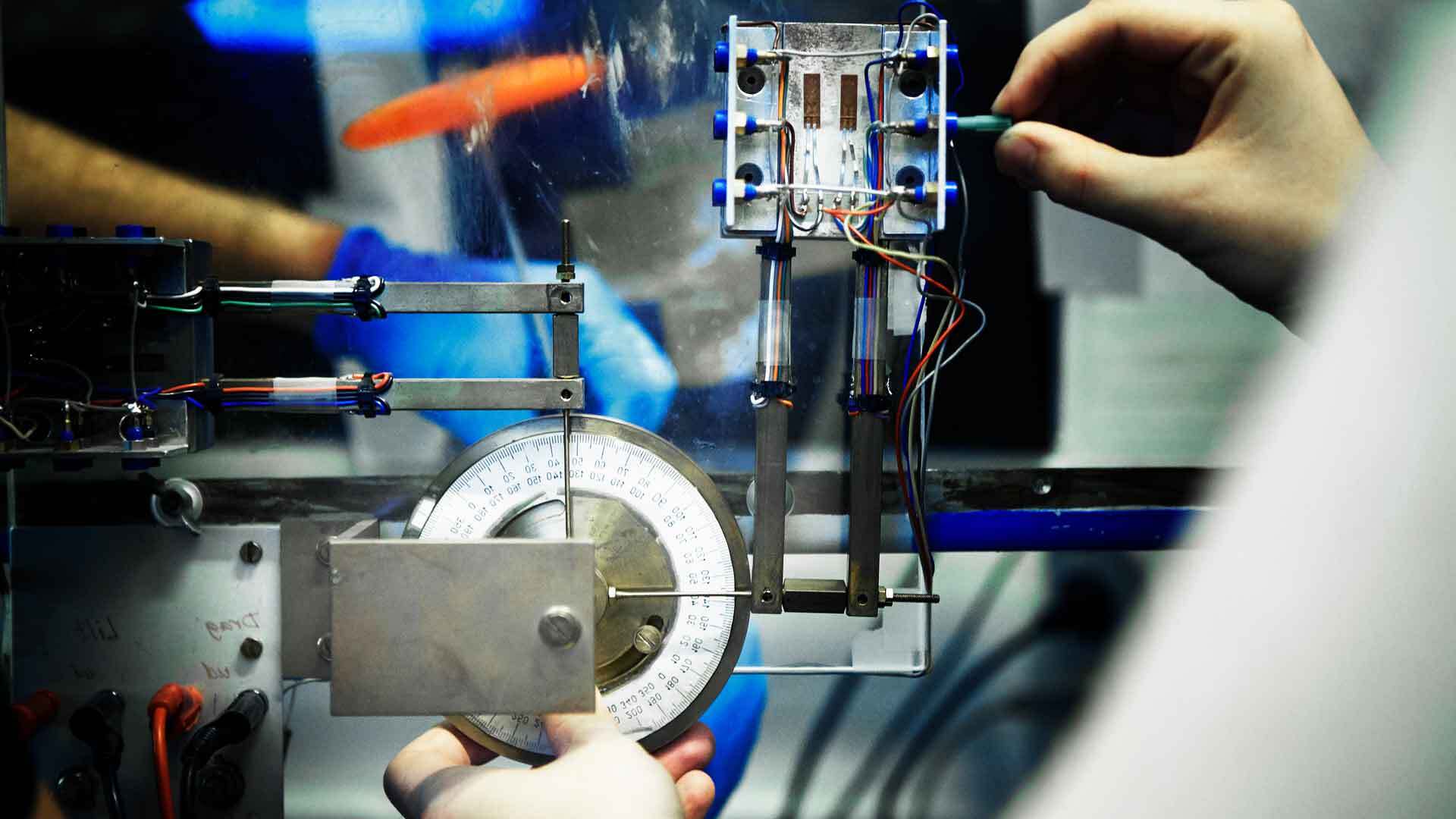
Engineering Physics is a unique field that blends the principles of engineering with the fundamentals of physics. This interdisciplinary approach allows for the development of innovative solutions to complex problems. Why should you care about Engineering Physics? Because it bridges the gap between theoretical concepts and practical applications, making it essential for advancements in technology and industry. From quantum mechanics to materials science, this field covers a wide range of topics. Whether you're a student considering a career in this area or just curious about how things work, these 27 facts will give you a deeper understanding of the fascinating world of Engineering Physics.
Key Takeaways:
- Engineering Physics combines physics and engineering to create new technologies and solve complex problems. It has diverse career options in industries like aerospace and renewable energy.
- Famous scientists like Richard Feynman and Mildred Dresselhaus have made significant contributions to Engineering Physics, impacting modern technology and driving innovation.
What is Engineering Physics?
Engineering Physics is a unique field that combines the principles of physics and engineering. It focuses on developing new technologies and solving complex engineering problems using advanced physics concepts. Here are some fascinating facts about this interdisciplinary field.
- Engineering Physics blends physics, mathematics, and engineering to create innovative solutions.
- It often involves research in cutting-edge areas like nanotechnology, quantum mechanics, and materials science.
- Graduates can work in diverse industries, including aerospace, telecommunications, and renewable energy.
Historical Background
Understanding the history of Engineering Physics helps appreciate its evolution and significance.
- The field emerged in the mid-20th century to address the need for engineers with a strong foundation in physics.
- Early pioneers included physicists who applied their knowledge to solve engineering problems during World War II.
- The first formal Engineering Physics programs were established in the 1950s and 1960s.
Educational Path
Pursuing a degree in Engineering Physics requires a rigorous academic journey.
- Students typically study advanced mathematics, classical mechanics, electromagnetism, and thermodynamics.
- Many programs offer specializations in areas like photonics, semiconductor devices, and computational physics.
- Internships and research projects are crucial components of the curriculum, providing hands-on experience.
Career Opportunities
Engineering Physics graduates have a wide range of career options due to their versatile skill set.
- They can work as research scientists, developing new technologies and materials.
- Many find roles in the aerospace industry, designing and testing aircraft and spacecraft.
- Telecommunications companies hire them to improve communication systems and networks.
- Renewable energy firms employ them to develop efficient solar panels and wind turbines.
- Some graduates pursue careers in academia, teaching and conducting research at universities.
Contributions to Technology
Engineering Physics has significantly impacted modern technology and continues to drive innovation.
- It played a crucial role in the development of the transistor, which revolutionized electronics.
- Advances in laser technology, used in everything from medical devices to telecommunications, stem from this field.
- Engineering physicists contributed to the creation of MRI machines, enhancing medical imaging.
- The field has driven progress in quantum computing, promising faster and more secure data processing.
Challenges and Future Prospects
Like any field, Engineering Physics faces challenges but also holds exciting future prospects.
- One challenge is keeping up with rapid technological advancements and integrating new knowledge.
- Funding for research can be competitive, requiring strong proposals and innovative ideas.
- Ethical considerations, such as the impact of new technologies on society, are increasingly important.
- Future prospects include advancements in nanotechnology, leading to smaller and more efficient devices.
- The field is expected to contribute to sustainable energy solutions, addressing global energy needs.
Famous Engineering Physicists
Several renowned scientists have made significant contributions to Engineering Physics.
- Richard Feynman, a Nobel laureate, is known for his work in quantum mechanics and nanotechnology.
- John Bardeen, another Nobel Prize winner, co-invented the transistor and made contributions to superconductivity.
- Steven Chu, a Nobel laureate and former U.S. Secretary of Energy, worked on laser cooling and trapping of atoms.
- Mildred Dresselhaus, known as the "Queen of Carbon Science," made pioneering contributions to nanotechnology and materials science.
The Final Word on Engineering Physics
Engineering Physics blends engineering and physics to solve real-world problems. This field covers quantum mechanics, thermodynamics, optics, and materials science. It’s a versatile discipline that opens doors to careers in aerospace, electronics, biotechnology, and renewable energy.
Students gain hands-on experience through labs and projects, preparing them for innovative roles in research and development. The demand for engineering physicists is growing, driven by advancements in technology and sustainability.
If you’re curious about how things work and enjoy problem-solving, this field might be your calling. It’s challenging but rewarding, offering opportunities to make significant contributions to science and technology. Whether you aim to work in industry or academia, a background in engineering physics equips you with the skills to excel.
Frequently Asked Questions
Was this page helpful?
Our commitment to delivering trustworthy and engaging content is at the heart of what we do. Each fact on our site is contributed by real users like you, bringing a wealth of diverse insights and information. To ensure the highest standards of accuracy and reliability, our dedicated editors meticulously review each submission. This process guarantees that the facts we share are not only fascinating but also credible. Trust in our commitment to quality and authenticity as you explore and learn with us.
